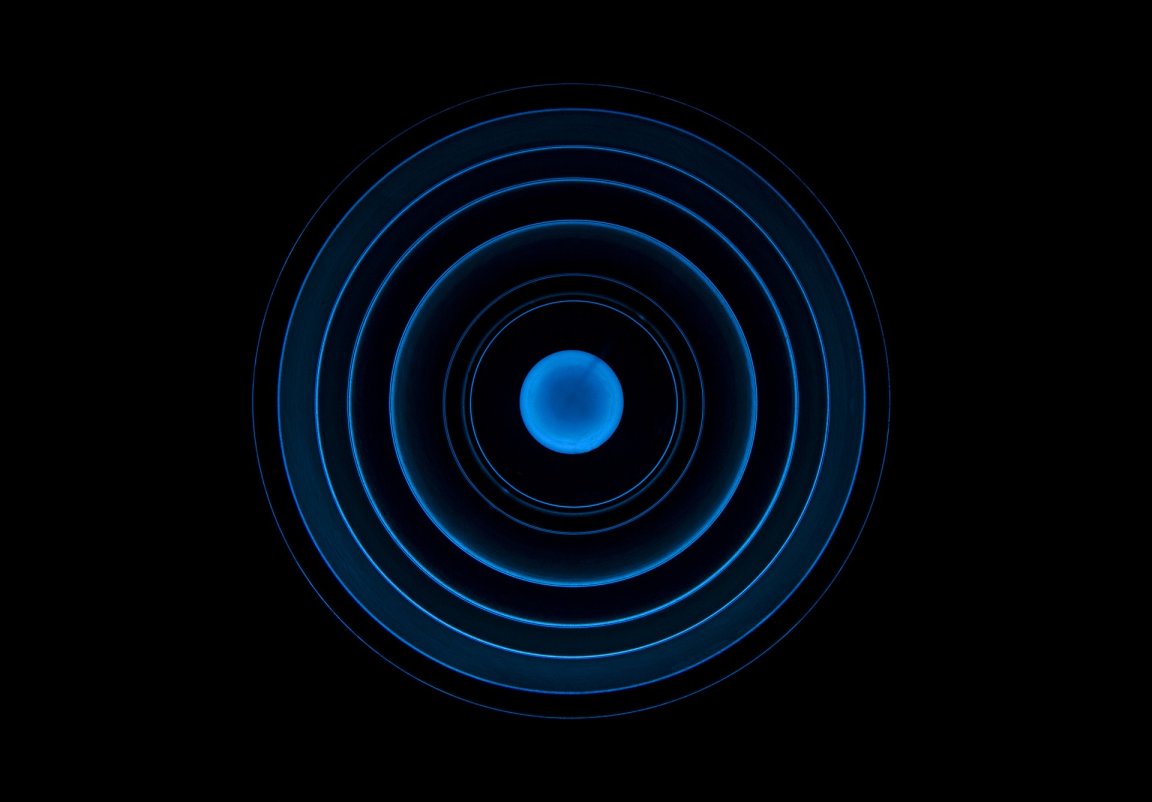
Advent of Astronomy
The ability to detect gravitational waves is rapidly propelling us into a new era of both astronomy and physics. New instruments like the Laser Interferometer Gravitational-Wave Observatory (LIGO) have allowed us to observe not one, but four instances of gravitational waves during the last two years. Now, these instruments have given us greater insight into one of the greatest mysteries of modern physics: the speed of gravity.
While Newtonian physics assumed that gravity’s effects were instantaneous, Albert Einstein theorized that the force that keeps us tethered to Earth actually had to move through space before pulling on an object. Since Einstein’s prediction, scientists have searched for ways to measure this phenomenon.

“The speed of gravity, like the speed of light, or c, is one of the fundamental constants in the Universe,” Neil Cornish, a physicist at Montana State University, told Phys.org. “Until the advent of gravitational wave astronomy, we had no way to directly measure the speed of gravity.”
This advent paved the way for astronomers’ first-ever observation of both gravitational waves and light originating from the same event. Gravitational waves from this eruption were detected by LIGO and then, just two seconds later, a short gamma-ray burst from a similar location was observed using two telescopes. The event is suspected to be a kilonova — an explosion 1,000 times brighter than a standard nova caused by the merging of two neutron stars.
Measuring the Speed of Gravity
These two sets of data from the kilonova allowed scientists to compare the speed of the gamma-ray light to the speed of the gravitational waves, giving us a much clearer understanding of the speed of gravity than ever before. Previous measurements of gravitational waves had allowed scientists to narrow the range of possibles speeds of gravity to within 55 and 142 percent of c.
But this observation allowed them to narrow the difference between the speed of gravity and c further to within -3 x 10^-15 and 7 x 10^-16 of c — meaning the speed of gravity is practically the speed of light.
This scientific advancement has broad implications for fundamental physics and our understanding of the cosmos. Not least of all, determining the speed of gravity would help physicists debunk theories that contradict Einstein’s general relativity.
“Many alternative theories of gravity, including some that have been invoked to explain the accelerated expansion of the Universe, predict that the speed of gravity is different from the speed of light,” Cornish said to Phys.org. “Several of those theories have now been ruled out, thereby restricting the ways in which Einstein’s theory can sensibly be modified, and making dark energy a more likely explanation for the accelerated expansion.”
The astronomers expect LIGO and other similar equipment to provide enough data in the coming years to help pinpoint the speed of gravity to within 1 percent of c; just one example of how gravitational waves are advancing our cosmology like never before.